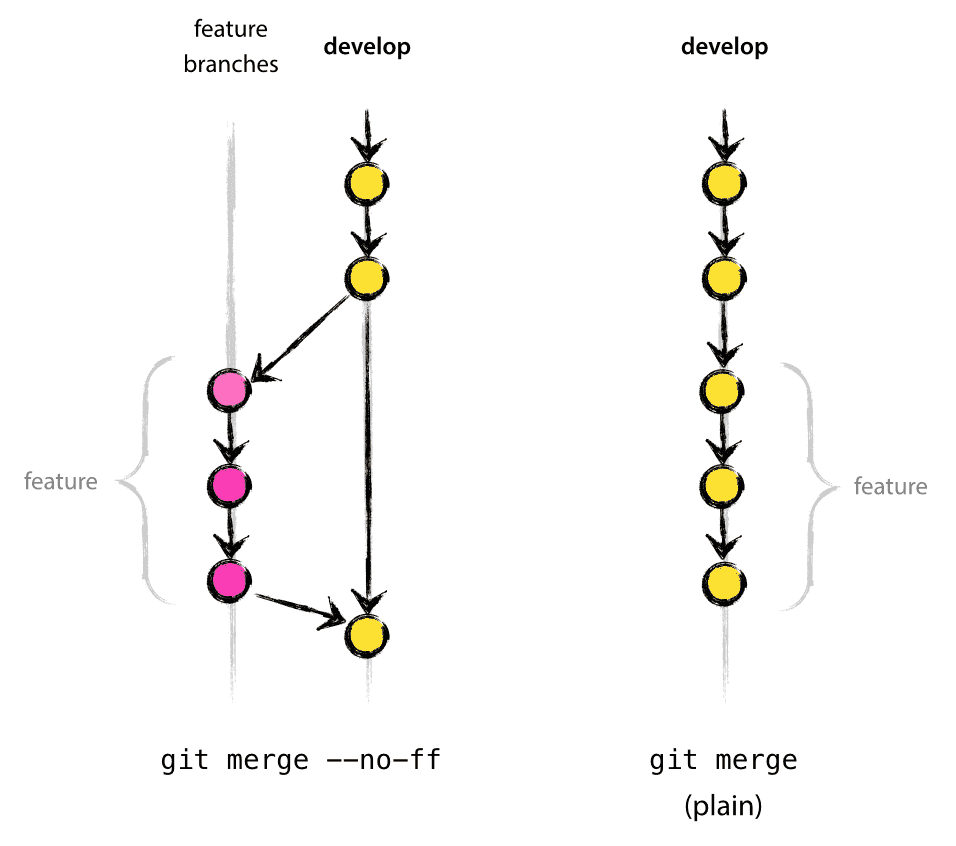
Git pull after filter-branch, it's erroneous, and difficult to manage the conflicts.
#GIT BRANCH RM UPDATE#
Since i can only hack on my own repo, sometime some of the original repo may have some directory that i don't want, for example some project may have node_modules in the repo, here i take the script folder as an example, i should remove using filter-branch on my local repo, but after git filter-branch -tree-filter "rm scripts -rf", it's erroneous to get update from the original repo,
The output is Deleted branch master (was e8a8e29). So, to delete the remote branch AND locally-stored remote-tracking branch in one command, just use git push origin -delete
In the console it actually does say the branch was deleted, but in the GitHub application (even after restarting it) the branch and commit are still visible.
#GIT BRANCH RM HOW TO#
With this option (or its shorthand -n notation), you will only see an output of the files that Git would remove - but no files are actually deleted.For example i want to hack on the code of angularjs, so i simply clone it using git clone, to simulate the update scenario, i would use git reset -hard HEAD~10 to discard recent commits, git pull works greatly after reset, because it can get updates from remote repo easily, but with filter-branch, git pull is painful, my question is how to deal with such painfulness. at 2:04 SLaks I had a type in my question. When a path to a directory is specified, the -r flag allows Git to remove that folder including all its contents. Using the -cached flag, the actual file on disk will not be deleted. By default, the git rm command deletes files both from the Git repository as well as the filesystem. Removes the file only from the Git repository, but not from the filesystem. If you use tags in your projects, you probably have encountered some issue (typos, perhaps) that forced you to remove the tag.
#GIT BRANCH RM FREE#
Learn more about this in our free First Aid Kit for Git video series. 11 Answers Sorted by: 514 Thanks to a related question, I found out that I need to 'checkout' the remote branch as a new local branch, and specify a new local branch name. If you're working with Git on the Command Line, you should take a look at a Git tool called 'Reflog'. Deleting a file from the filesystem can of course easily be done in many other applications, e.g. It allows you to not only delete a file from the repository, but also - if you wish - from the filesystem. In this case, it removes the file from the repo and.
But you can also provide multiple filenames (delimited by spaces) or even a wildcard pattern (e.g. It goes without saying: please be careful with this command Can I undo deleting a branch In most cases, if you don't let too much time pass, you can restore a deleted branch. If youre using GitHub, it conveniently gives you the option to delete the temporary branch after merging into dev or master. Checkout the central branch of your repository (such as main or master): git checkout
Naming the file you want to remove can be as simple as providing the filename / path to a single file.

The name of a file (or multiple files) you want to remove. (There is no option to remove a file only from the working tree and yet keep it in the index use /bin/rm if you want to do that. git rm will not remove a file from just your working directory. But deleting the file from the actual Git repository is a separate task, for which git rm was made. DESCRIPTION Remove files matching pathspec from the index, or from the working tree and the index. It allows you to not only delete a file from the repository, but also - if you wish - from the filesystem.ĭeleting a file from the filesystem can of course easily be done in many other applications, e.g. The "rm" command helps you to remove files from a Git repository. 11 Answers Sorted by: 514 Thanks to a related question, I found out that I need to 'checkout' the remote branch as a new local branch, and specify a new local branch name.


 0 kommentar(er)
0 kommentar(er)
